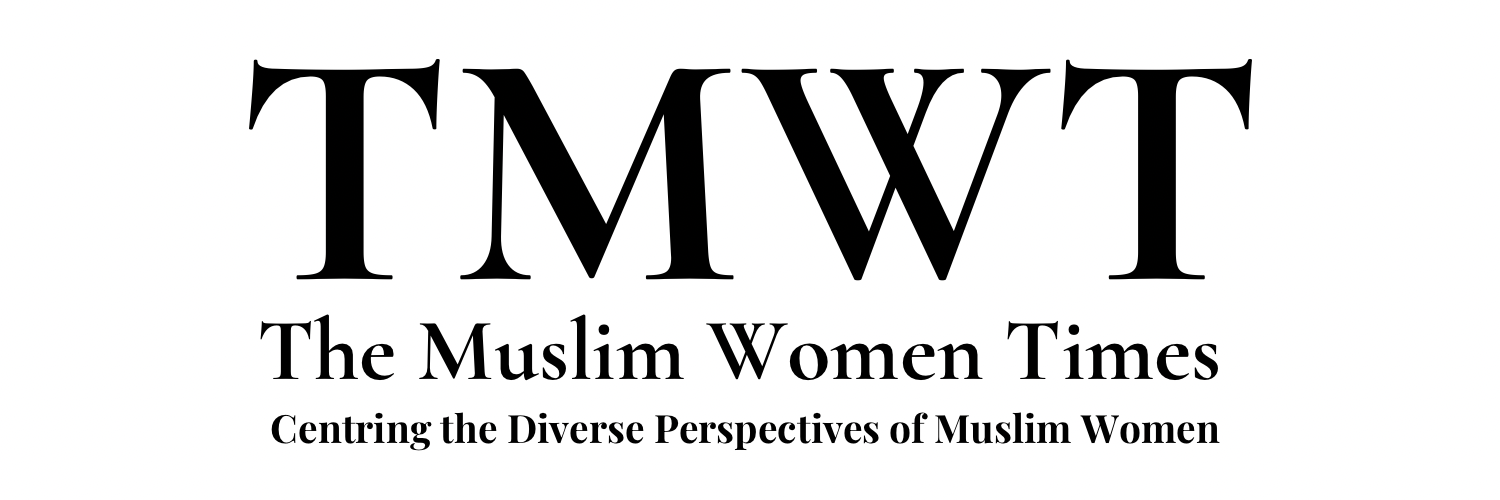It has been established time and again that Rokeya Shakhawat Hossain, writer and social reformer from Bengal, constructed a feminist utopia in her 1905 book “Sultana’s Dream,” where the traditional gender binary is upturned in a display of creative speculation about a social system diametrically opposed to that of British India. But it is equally noteworthy that in the process, she constructed one of the earliest literary exemplifications of Muslim feminism in Asia. It is important to view this as not only a work of general feminism but also as one particularly relevant to the rhetoric of the Muslim woman. The frequent erasure in science fiction discourse — even if unintentional — of Hossain’s identity as a Muslim social reformer is rather disadvantageous because today we find ourselves at a time when Islam is strategically advertised as misogynistic, and Muslim women stereotyped as needful of ‘being saved.’ It is particularly time-appropriate to locate and acknowledge Muslim voices of gender-based activism.
Writer and academic Darko Suvin had theorized that a conclusive characteristic of science fiction is its capacity to create what he called cognitive estrangement, the contemplation of alternate realities that dissociate from and challenge present reality. Of course, the present reality is an ontological requirement for the scope of these alternate realities to be defined. It follows that the status quo of British India rife with oppression for the woman served as a reality abundant in gender constraints to be subverted through cognitive estrangement. And sure enough, the story begins cozied up against the backdrop of a familiar reality, in which the protagonist falls asleep while “thinking lazily of the condition of Indian womanhood.”
She dreams her way into a portal in which “men are now confined to mardana (the name of the outer part of a household for men and guests, in complement to zenana, the inner part of a household reserved for women)” (Sultana’s Dream — Michelle Murphy). She soon finds out that she no longer needs to feel concerned about being “a purdahnishin woman” who is “not accustomed to walking about unveiled” (Sultana’s Dream). In Ladyland, “free from sin and harm,” she need not adhere to the purdah system. The purdah, of course, is a hard-and-fast code of conduct for Muslim women as dictated by the Quran. While women can very well choose to abide by it on their own, too many conservative households in Muslim communities have historically imposed it upon mothers and daughters in the name of religious propriety. The problem, of course, lies not in purdah as a convention of religious clothing available to be practiced at will, but in the lack of female agency and safety in a patriarchy when it comes to decision-making about clothing and fashion. If this novel has introduced a feminist utopia, it has also imagined a sanctuary for Muslim women, where the purdah is rendered unnecessary — no different than a garment to be donned voluntarily — due to the absence of patriarchs on the streets who would have mandated that women conceal themselves to seek protection from the perilous forms of the male gaze.
Sultana speaks in the perspective of the present, the “old normal,” almost as if on behalf of her mystified readers, while the women in her dream become the voice of the utopian, the “new normal,” answering questions from a wide-eyed Sultana with a calm assurance that invokes the confidence that the surreal rules (or freedoms) of their alternate reality, however absurd, need not be impossible. It is fascinating how these two perspectives come together to cause for the reader an eventual suspension of disbelief. It is an important moment, because it is only when our mistrust in the plausibility of such a world dissolves that we get one step closer to mistrusting the naturalness of gendered oppression. When Sultana responds in skepticism to the revelations of Sister Sara, wondering how the difference in physical strength between men and women was possibly circumvented to arrive at this new order, Sara asserts, “A lion is stronger than a man, but it does not enable him to dominate the human race. You have neglected the duty you owe to yourselves and you have lost your natural rights by shutting your eyes to your own interests” (Sultana’s Dream).
The utopia unfolds to reveal an entirely flipped gender duality, with women at the frontiers of productivity, science, and innovation, and men tucked away in the oppressive comfort of their homes with little agency. Destruction of the binary rather than this reversal can seem more mature on the surface, but what is mature is rational, closer to the cognitively acceptable. It is in the unapologetic and blatant reversal of the gender hierarchy, then, instead of a meek and sober dissipation into equality, that we are estranged from the real-time and space of the narrative in a classic science fiction motif. We are also bewildered, awakened, and reminded of how potent oppression is when we see it imposed upon a powerful subject instead of upon one that we have been made accustomed to seeing oppressed. It is not when roles are silently sidelined but when roles are visibly reversed that a mirror confronts society.
The story often reveals ideas that seem radically divergent from those Islamic values that a classic patriarchy, for its convenience, emphasizes more than it does other Islamic teachings. This “extreme” reform does make one reconsider whether the more pious, “softer” Muslim woman is being given a voice in this narrative, and whether it is presenting an inclusive Muslim feminism. But then we encounter ideas that are strongly rooted in Islamic theosophy. Toward the end of the novella, when the protagonist inquires one of the women of this neo-order about whether they see any man except their own relations, she tells her it is not permissible. She adds, “Our circle of sacred relations is very limited; even first cousins are not sacred” (Sultana’s Dream). This is grounded in the concept of “mahram” relations which consist of only direct blood relatives.
This dichotomy — of subservience to certain Islamic values and strong subversion of others — may seem to confound at first. But it has been brought about by the women of the neo-world having the freedom to decide what values they resonate with and what values they would rather reform. Through this flux where reside both preservation and reform, then, the narrative also invokes a sense of estrangement from realities that curtail female agency through convenient excuses of a religious order. Even as Sultana’s dream snaps and she finds herself curled up in her bedroom, the promise of a better world hangs thick in the air.
Works Cited
1. Sultana’s Dream. (upenn.edu) Accessed 19 Feb. 2021.
2. Sultana’s Dream (histscifi.com) Accessed 19 Feb. 2021.




